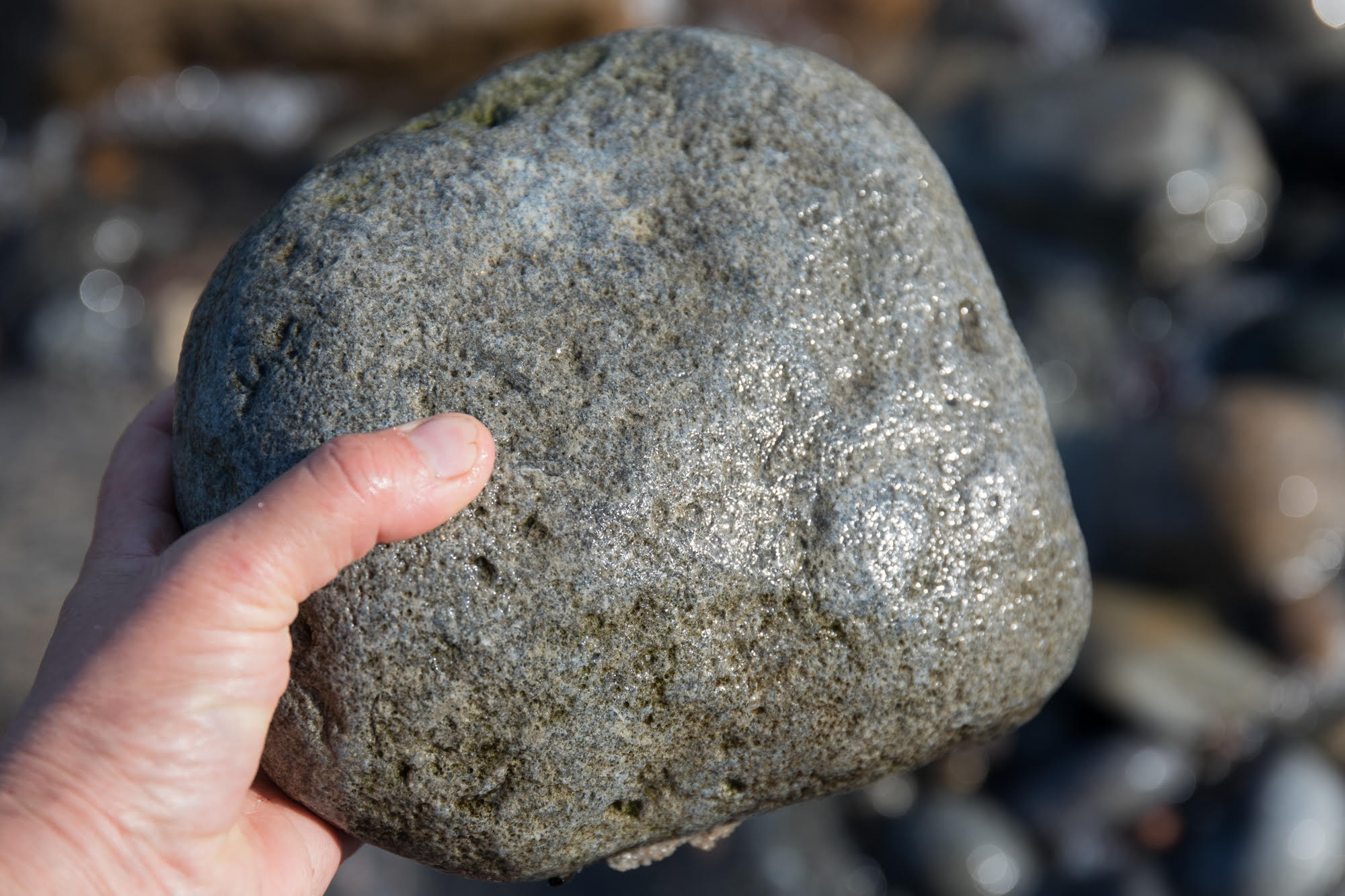-

Join us in a Midsummer Fertility Ceremony for Bladderwrack – an Invitation from (P)Art of the Biomass
During calm nights in May and June, and synched by the full moon, bladderwrack releases its eggs and sperms. If you want to pay tribute […]
-
The World Oceans Decade starts now! Celebrating World Oceans Day, and a Sea Change with The Posthumanities Hub
Submerged sustainability at the sea edge with ocean literacy and blue humanities across art and science The United Nations has proclaimed a Decade of Ocean Science […]